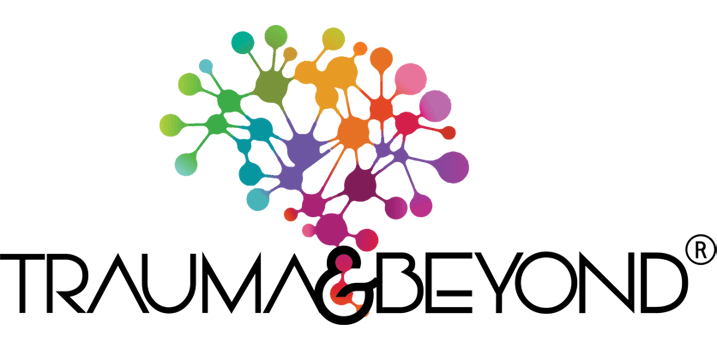Affect Regulation describe the capacity of an individual to regulate his/her emotions. We can also just think of self-regulation, as the capacity to regulate emotions and to regulate our central nervous system being able to remain in the window of tolerance. Our window of tolerance is the space in which human beings have a normal rhythm or waves of rise and fall. When we “rise” outside of the window we end up in states of high anxiety, hypervigilance, anger, rage, distress, dysregulation. But when we fall below the window we fall into states of dysphoria, depression, dissociation, freeze. The skill of affect regulation is what a person needs in order to be able to “right” themselves back into the window. Without this capacity a person might rise and fall to such extremes that they appear to be bipolar. We find in our trauma work that often high anxiety, high distress when followed by emotional draining and depression mirrors manic/depressive episodes but in essence is a trauma response.
What is Affect Regulation?
Allan Schore describes the necessity of secure attachment for healthy right brain development leading to healthy capacity for affect regulation. As Schore describes, “in infancy and beyond, the regulation of affect is a central organizing principle of human development and motivation.”
The Autonomic Nervous System, with the sympathetic (arousing system, the gas) and parasympathetic systems (calming system, the brakes) regulate our stress and emotional states (Porges, 1997). These systems are adaptive and modify to the environment, therefore suggesting a relationship between interpersonal interactions, socio-emotional aspects of the environment, brain development and adaptive infant mental health (Schore, 2001).
Schore describes the premise of two right brain systems in synchrony and resonance as fundamental to healthy brain organization, and capacity for CNS regulation. This is an experience that can be created in a therapeutic alliance to work with clients with deficits in these areas to achieve more optimal functioning of right brain coping strategies and affect regulation.
